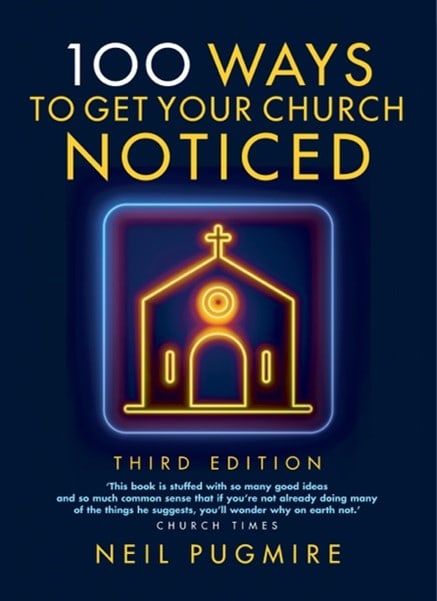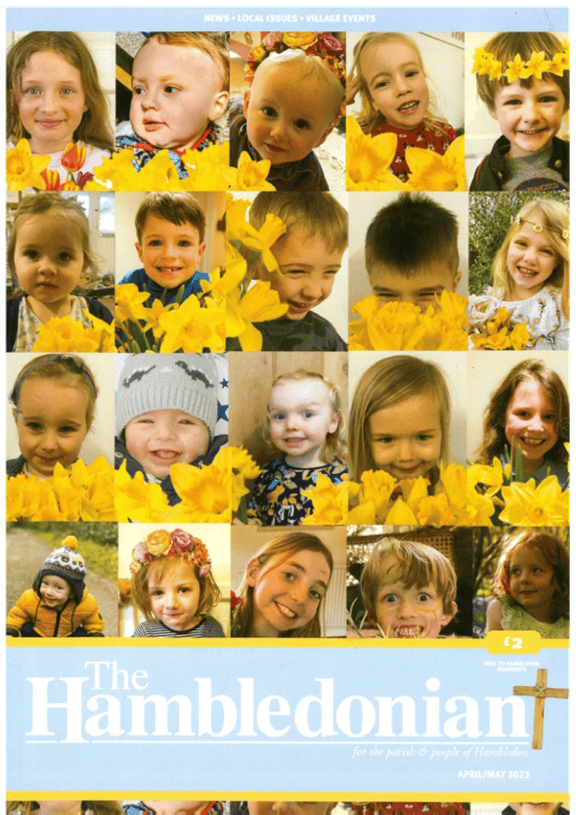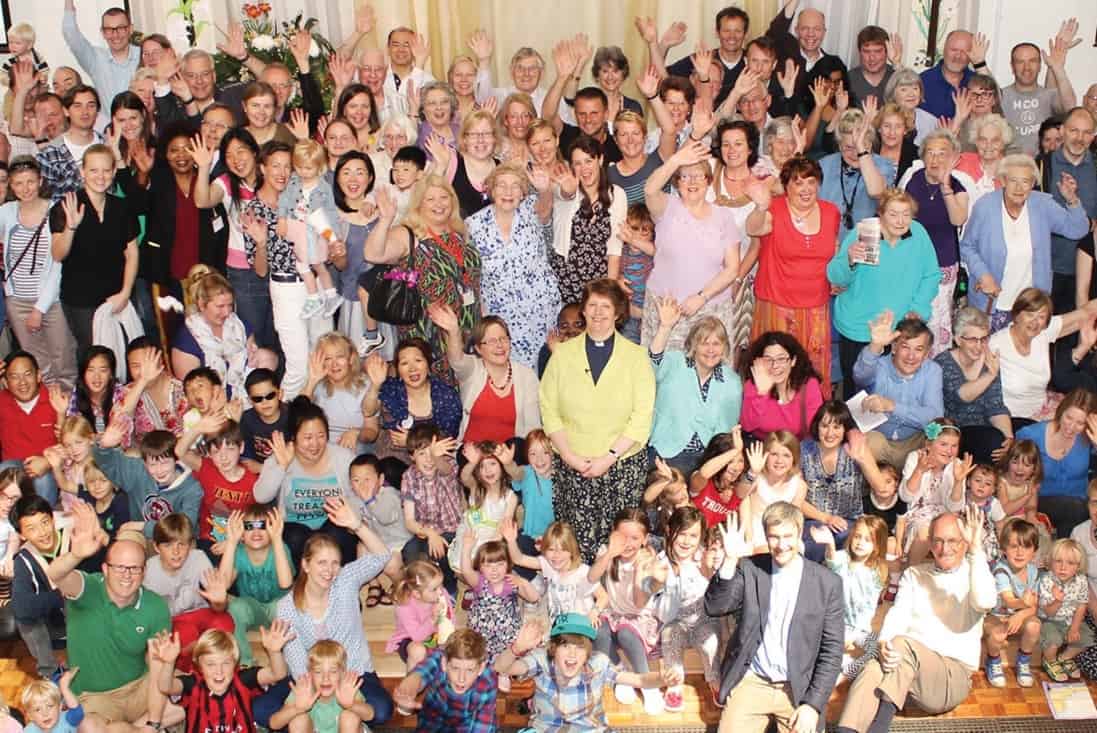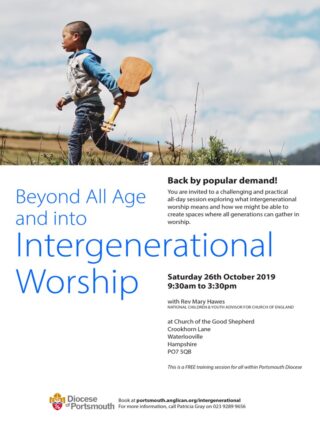Seven ways to make your communications strategy work for you
Neil is the author of 100 Ways To Get Your Church Noticed and has been director of communications for the Diocese of Portsmouth for 24 years
HAS YOUR CHURCH GOT A strategy for how to communicate with people, both inside and outside the church? Do you have a plan for how to reach different types of people in different ways? If not, you might want to start here, working out what your message is, who your audiences are, and which different methods to use with different audiences.
In church terms, we might call this part of our mission. We might target local families by setting up a toddler group, for instance. But then how do we tell people about this? In secular terms, the way we decide to reach these local families may well be called marketing. It involves deliberately targeting certain people who might be interested. We know that sending out flyers for our toddler group via the book bags of children at the local school or nursery will reach precisely the right set of mums and dads.

Some of the communications methods we might use to reach specific types of people are explored in the book 100 Ways To Get Your Church Noticed.
The third edition of this book, fully updated to reflect the global pandemic and digital developments, was published last year, and you can discover more on www.getyourchurchnoticed.com
To help you immediately, I’ve picked out seven specific, practical ideas that might illustrate good ways to reach different types of people in different ways.
1. E-newsletter
Many parishes chose to embrace e-newsletters rather than pew leaflets during the pandemic, and many have continued to do so ever since. Their audience is the congregation.
It’s usually emailed to them all, often during the week before a Sunday morning service, to tell them what will be happening at services and give details of forthcoming events. It tells them what they need to know, and when they need to know it. In some ways it is better than pewsheet handed out to worshippers on a Sunday morning, because it doesn’t depend on people actually being there. It also links people directly to the relevant information on your church website or on someone else’s website. It might look like this:

2. Evangelistic magazine
If you choose to reach your congregation via a regular e-newsletter, that frees up your parish magazine to reach a different audience. Here the audience is those living in your parish who don’t come to church.
That should change the content of your magazine – there may be more testimonies of faith and stories about how God has changed people’s lives. It should change the design of your magazine – maybe to make it more attractive, with more colour photos showcasing what you do. And it should change the distribution of the magazine – you may choose to post it through every letterbox in the parish. All of those decisions are quite rightly based on who you are trying to reach.
Here’s an example of a church magazine that has taken this advice to heart. Including photos of so many children on its front page (all used with permission of their parents) means that everyone who knows those families is likely to pick up the magazine and look through it:

If you choose to reach your congregation via a regular e-newsletter, that frees up your parish magazine to reach a different audience. Here the audience is those living in your parish who don’t come to church.
3. Welcome video
Photos are incredibly important these days, but video – by all the statistics you might choose to measure – is even more effective. Being able to see video footage of what your church does makes a huge difference to those who don’t come to your church.
The audience here may be those who don’t know about your church. What kind of things could you film to give a good impression of what you do? Here’s an example of a church which had no physical church building, which chose to circulate a video of its activities to answer the question: ‘Where is the church?’:
It’s possible to create such a video without any major video-editing software. You can even create something like this on a smartphone these days, using free video-editing apps. Clearly, you will need to obtain permission before filming children and young people. But do go to the effort of obtaining that permission, as it makes your video far more engaging, especially to families with children of similar age.
You could then post the video on YouTube and social media platforms, perhaps in the local Facebook community groups where the people you are trying to reach are already gathered.
4. Website interaction
These days, people expect to interact with websites. They don’t just want to receive information, but they go online to book cinema tickets, or buy music. Often our church websites invite people to ring or email to book space in the church hall, or if you have enquiries about weddings, baptisms or funerals. If you know that you’re catering for an audience that is looking to do that, it helps to make it as easy as possible for them. In that sense your audience may be those looking to interact with your website.
There are lots of ways to do it, including ‘church management systems’ that allow people to come to your website, fill out a form and click a button to send it. That information then goes into a database and maybe the system even sends out an automated email saying that something is booked. If you ask people to tick a box, giving you permission to do this, you can then build up a database of people’s contact details and the events they may be interested in. Now when you want to send out information via email about specific events, your list of interested recipients is longer.
5. Use photos to tell a story
You will know from newspaper adverts, or TV adverts, or billboards on the high street that if you can sum up what you want to say in one strong image, that really helps. This applies especially when you are liaising with the local media, who are only likely to publish one photo of your event. Your audience here is readers of the local newspaper, who might want to understand at a glance what kind of things are important to you.
Can you think of what photo might sum up your activity best? For instance, this photo of a church congregation tells you that (a) there are a lot of people there; (b) they are all ages and ethnicities; and (c) they appear to be having fun!

This, of course, doesn’t just apply in dealings with the media. You may want one strong image of specific church activities to illustrate each page of your website. You might need one photo to sum up your work with the homeless, one of your work with teenagers, and one to show your commitment to the Eucharist. And it also applies to social media, where people sadly don’t always click through to read the whole story. In that case, you want your image to tell the story by itself.
6. Put people in posters
An extension of that principle is how we handle our posters. Our audience here is those who might be passing by our noticeboards, either outside church or in our church halls. Perhaps they are waiting in the corridor for their children to finish Scouts or Guides, or perhaps they are seeing our posters in a local community centre. Using one arresting image of a person makes such a difference because it humanises whatever it is that we are doing. So often our church posters are crammed with text, rather than letting the image take the strain and explain what it is we are trying to publicise.
Here’s an example where we hope the image can help to draw people into the information:

7. Reflect your audience
We sometimes talk about the fact that ‘you can’t be what you don’t see’. That often applies, quite rightly, to cultural and ethnic diversity, or different age profiles, or to ensure we have women and men both represented.
One audience that is under-represented in our churches is teenagers, so it’s really helpful if they see themselves represented in our photos and videos. This is another area where you might want to go the extra mile to secure appropriate permissions. If some teenagers and their parents aren’t happy for their images to be featured, that’s fine. No need for a group shot – instead use close-ups of those teenagers whose photos can be shared online.
You may then want to use the specific platforms that teenagers themselves are using. At the moment, that might be TikTok. Do make the effort to learn how to use it, because that’s part of showing that you value them by using the social media they use. TikTok itself has ‘templates’, so you can upload a set of photos and they will slot automatically into a moving carousel of images, such as this:
Something that might be even better for that audience would be to give teenagers themselves access to your social media accounts and let them have a go at creating this kind of content themselves. It will, no doubt, look very different from what you create. But they probably have a better idea than you do as to what will actually work best with this audience. Targeting teenagers by using other teenagers is an excellent example of effective communication.
For more tips and hints, see www.getyourchurchnoticed.com.
Related resources
A once closed city centre church is now thriving with eco-friendly transformation
Sustaining the earth
Outdoor church grows in the glory of God’s wonderful creation
Launching successful worshipping communities









